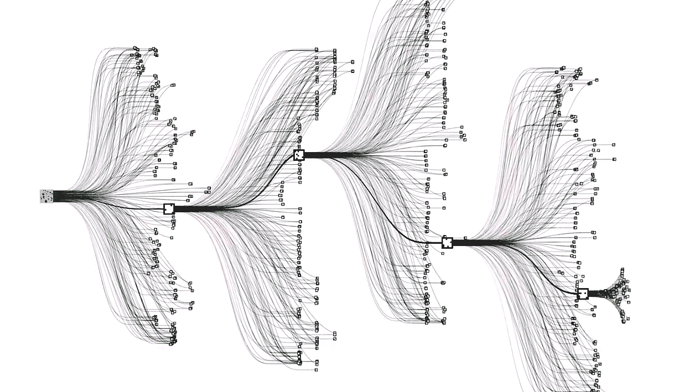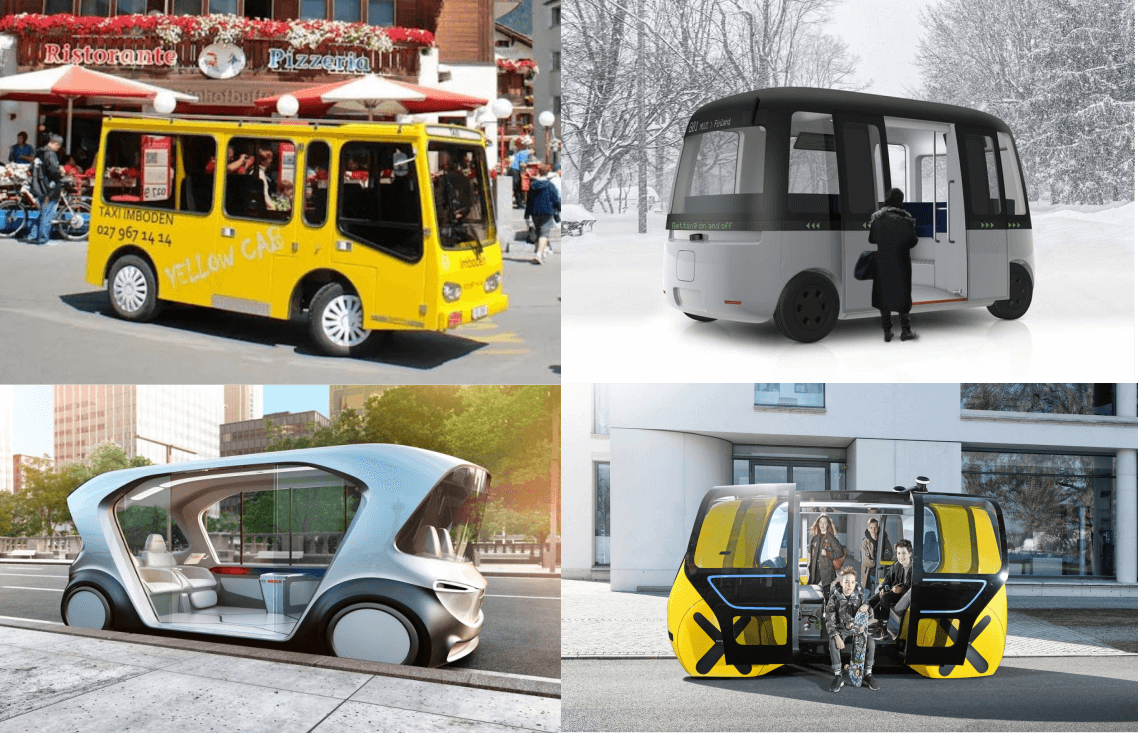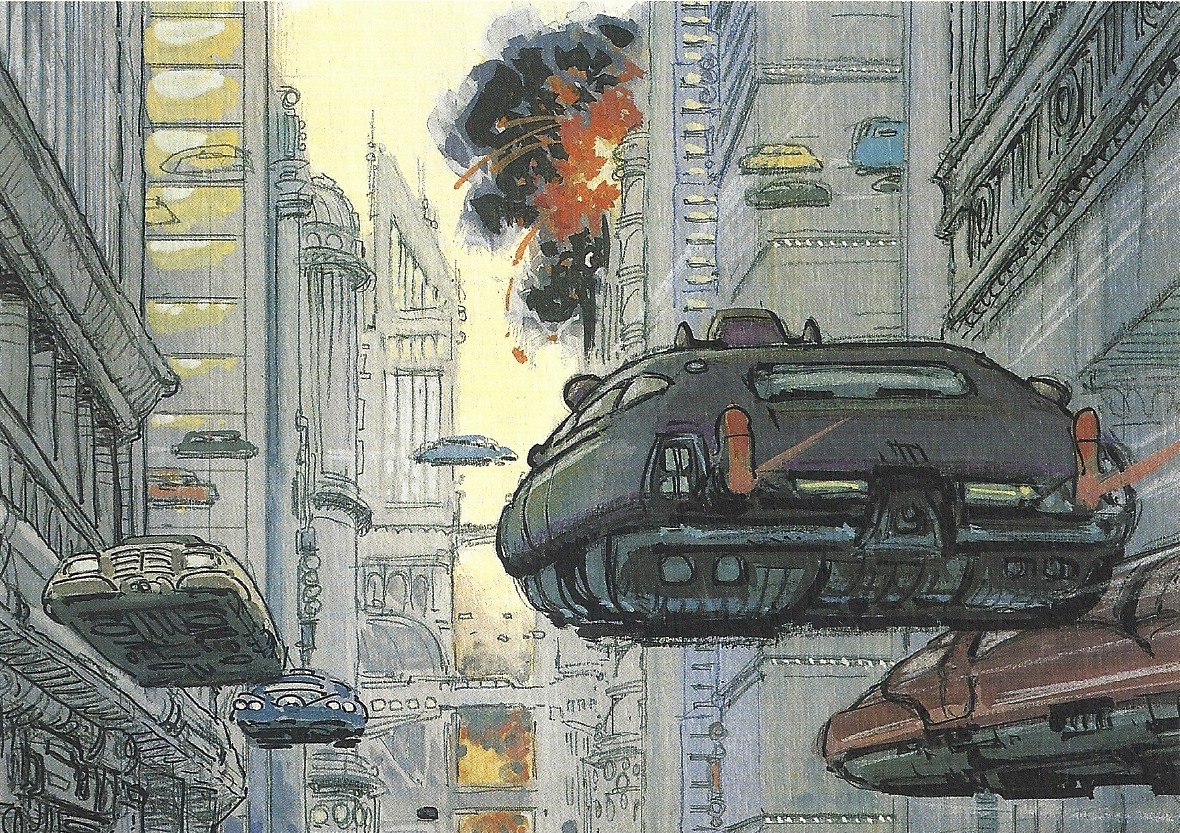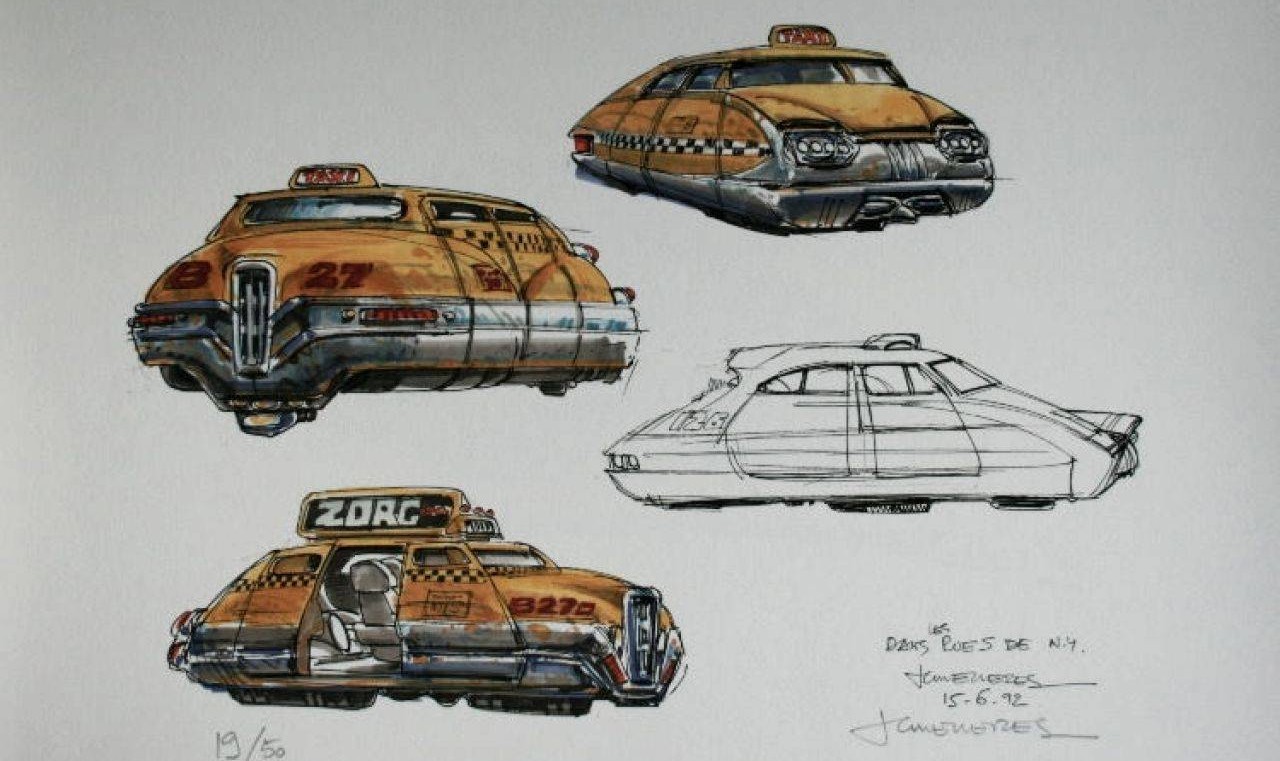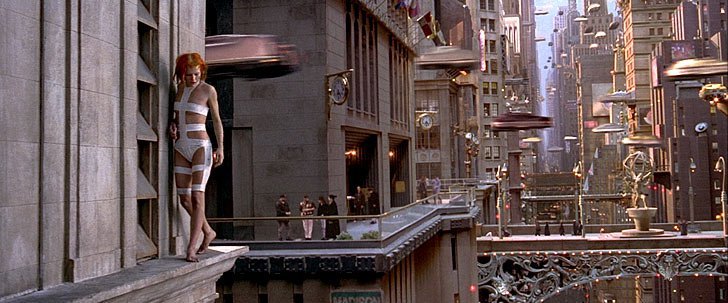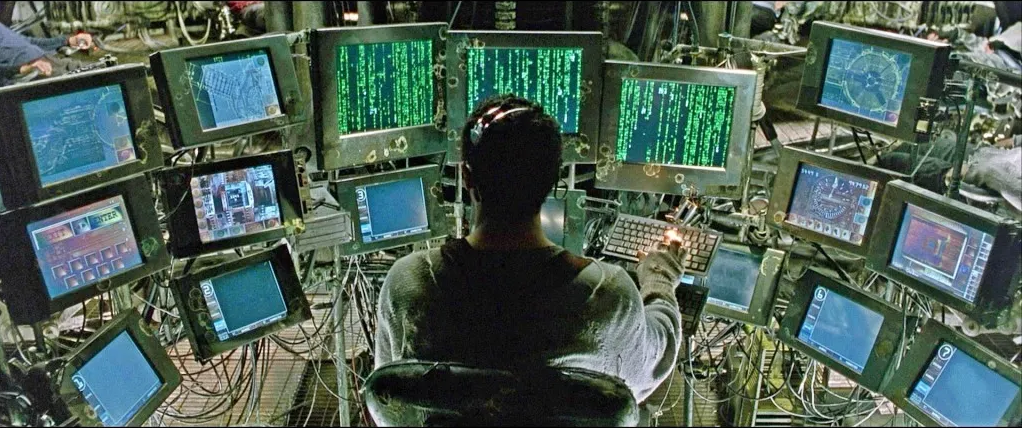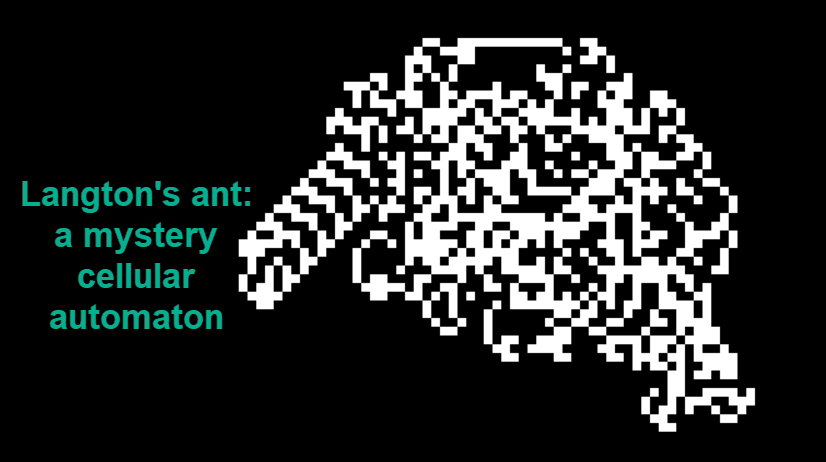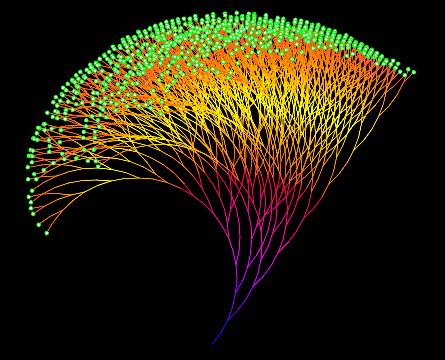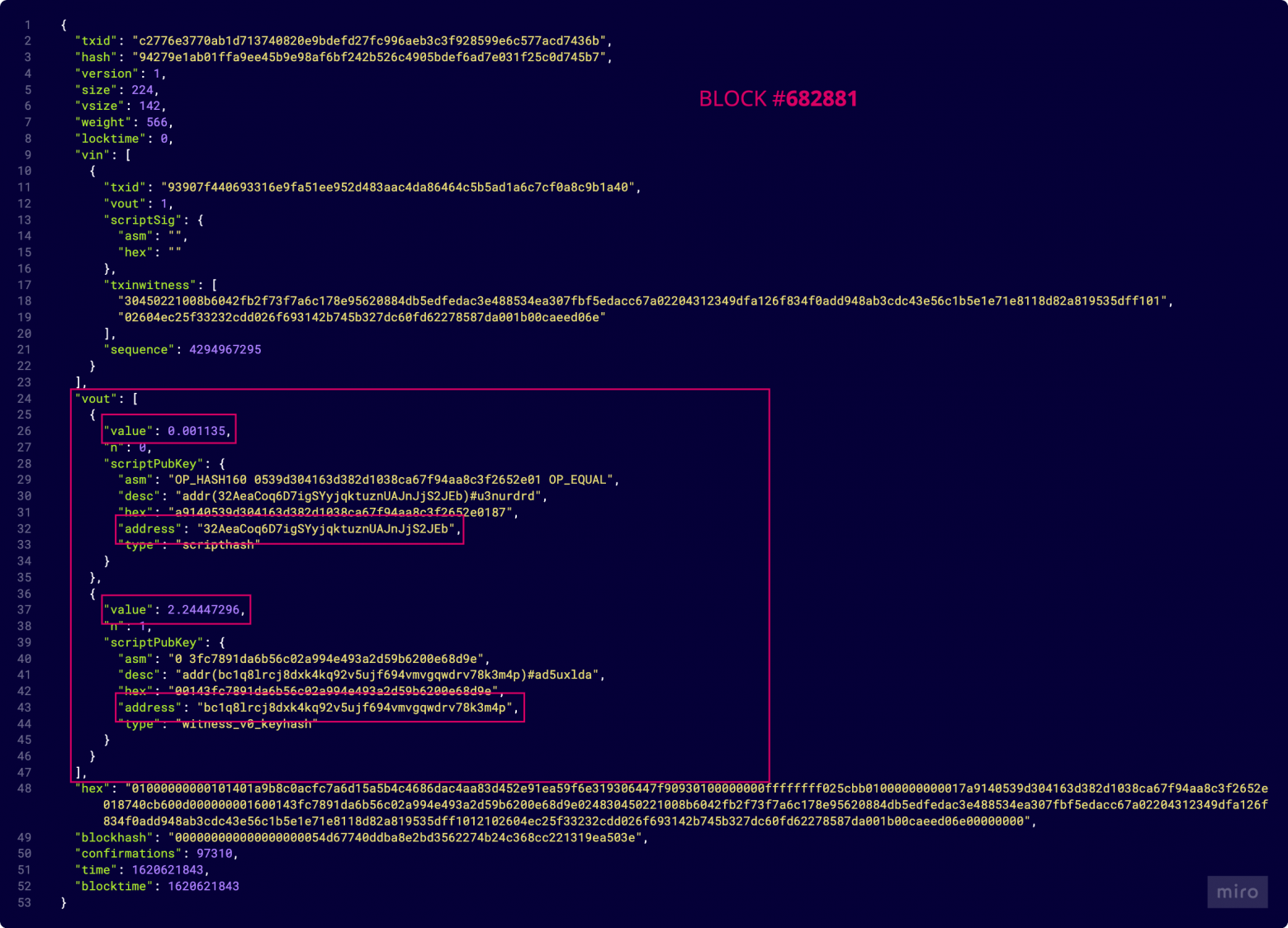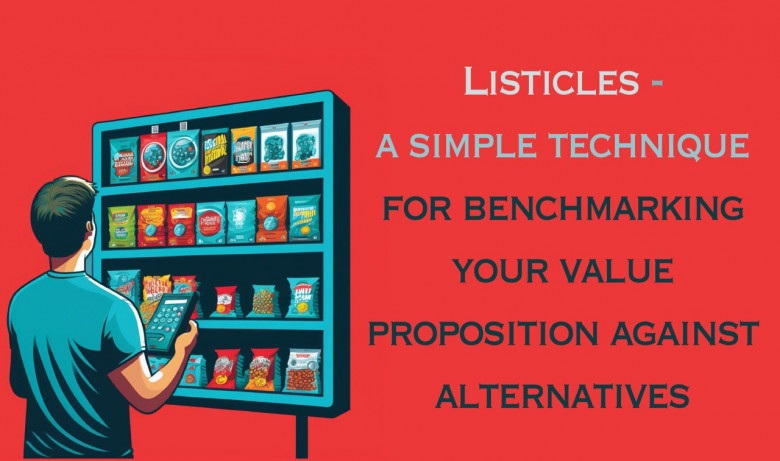Yes, we need IT
The foundation of our civilization is tools. We didn't just evolve to a state that allowed us to use them, we began to improve them ourselves. The tools are becoming more intricate, more efficient and more perfect. It can be a hammer, an industrial robot, or a monetary relationship.
Some of our tools are difficult to grasp or comprehend, they are more like an element or a subject of study: the Internet, the media, the transport system. It is even difficult to call them tools, rather it is a reflection of our activities. For simplicity, we will call everything that people do with their own hands a tool, meaning that they speed us up, make our life easier and more comfortable.
Why do we need tools? On the one hand, they help to solve emerging problems, on the other hand, they raise the standard of living. We enjoy creating tools. I would say it's one of our instincts.
For the functioning of our body, we need some amount of mathematics. The processes in our head reflect this math into our language. We can write the language in the form of symbols. With the help of symbols, we can convey the discovery of one person to another or a thousand others. This allows us to build more and more complex tools. And most importantly, we really like it: the brain encourages us every time we invent or achieve something. Therefore, our tools are developing with us. The mechanisms of their development and improvement are sewn into us.
Migratory birds fly south in autumn, north in spring. It's their instinct. Ants build an anthill — it's their instinct. If people are left in satiety and peace, they begin to encode secret messages in the Bible, create complex etiquette, form mathematics, experiment with materials.

